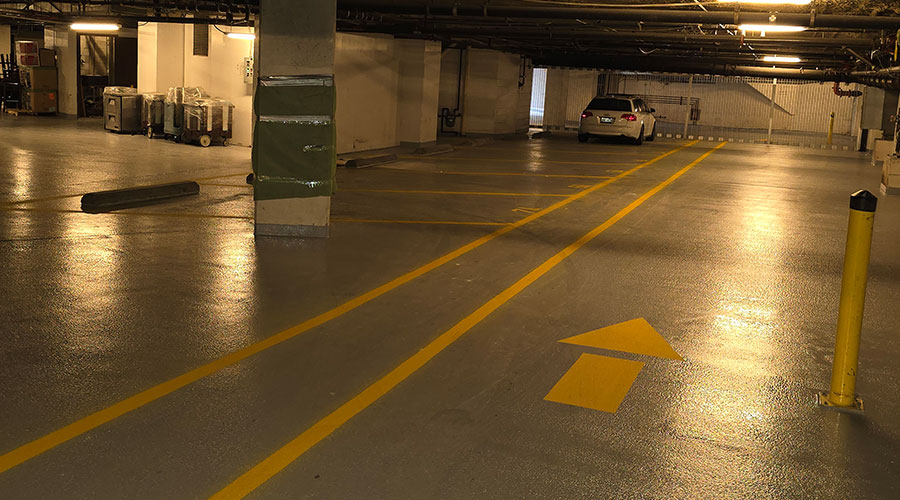Training as an Investment, Not a Cost
 Facilities incorporate more high-tech systems each day. Maintenance and engineering departments constantly search for qualified technicians to maintain these big-ticket products and systems. Community colleges and vocational institutions struggle to attract and graduate enough students to meet the demand.
Facilities incorporate more high-tech systems each day. Maintenance and engineering departments constantly search for qualified technicians to maintain these big-ticket products and systems. Community colleges and vocational institutions struggle to attract and graduate enough students to meet the demand.
Given the state of recruitment, staffing and retention for institutional and commercial facilities these days, what is a manager to do?
One quick answer might be to devote even more energy to finding qualified maintenance technicians. But given the competition from contractors and manufacturing organizations for qualified workers, that task too often becomes both time-consuming and frustrating.
A longer-term but often more effective strategy is to commit and stick to a comprehensive training program tailored to facilities’ systems and equipment.
Today, managers have more training options than ever. As sales have stagnated, many manufacturers have tried to boost revenues by expanding the services they offer customers, including training. Throw in vocational schools, professional outreach programs, for-profit providers, and labor unions, and most any type of product, technology or process can be addressed.
The means of delivery also have grown. Once, the biggest decision was on-site or off-site training. Thanks to advances such as CD-ROM and the Internet, managers now can tailor training to workers’ schedules.
Of course, the very real possibility always exists that a manager will devote time and energy to training technicians, only to see them leave for another job, taking the investment in training with them. The natural tendency might be to hedge on training and protect against such an occurrence.
That’s a short-sighted view, though, one that managers should reconsider. Someone smarter than I am characterized the training dilemma this way:
Instead of asking, “What if we train them and they leave?” a better question is, “What if you don’t train them and they stay?”
Related Topics:








 Facilities incorporate more high-tech systems each day. Maintenance and engineering departments constantly search for qualified technicians to maintain these big-ticket products and systems. Community colleges and vocational institutions struggle to attract and graduate enough students to meet the demand.
Facilities incorporate more high-tech systems each day. Maintenance and engineering departments constantly search for qualified technicians to maintain these big-ticket products and systems. Community colleges and vocational institutions struggle to attract and graduate enough students to meet the demand.



